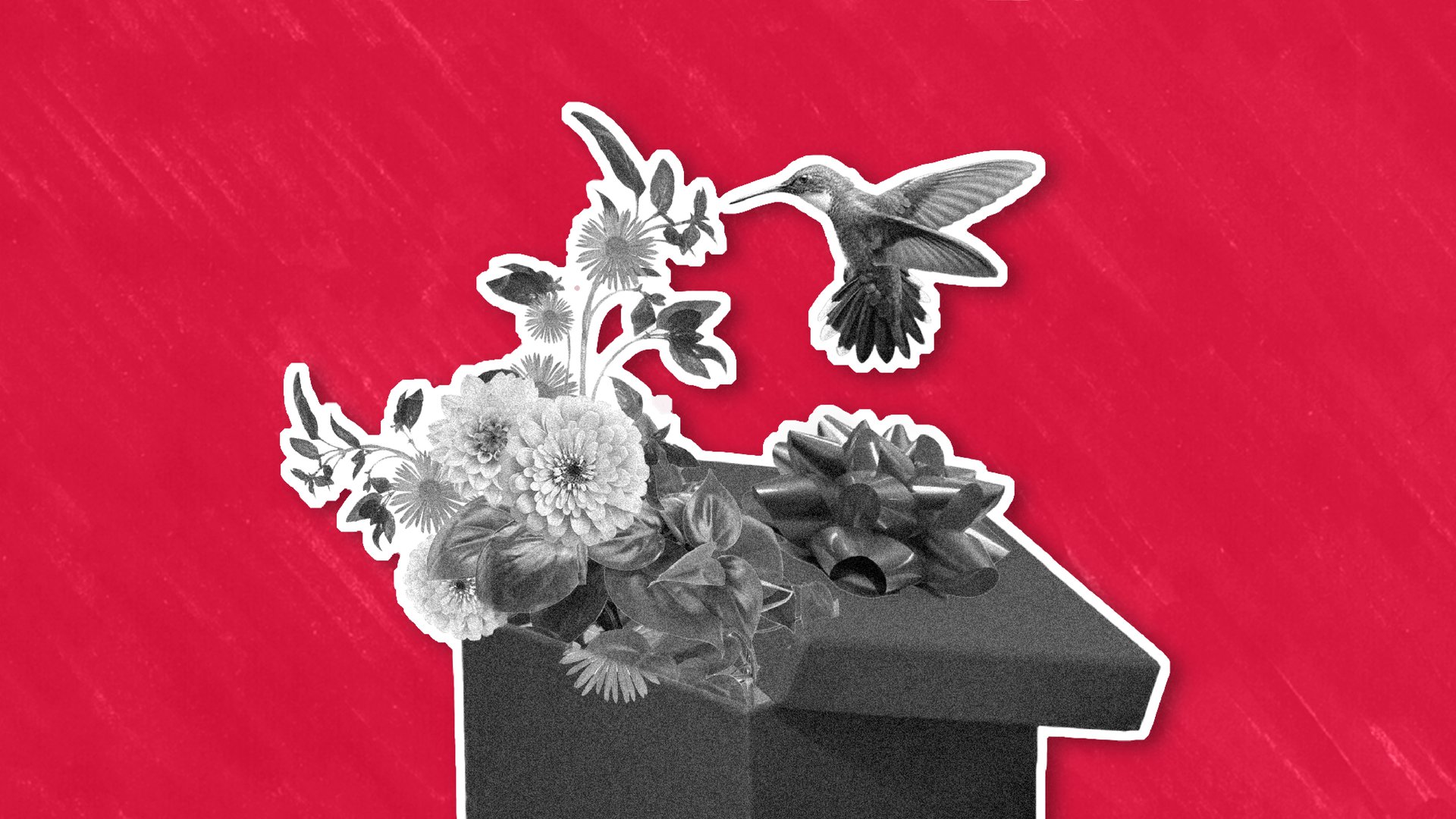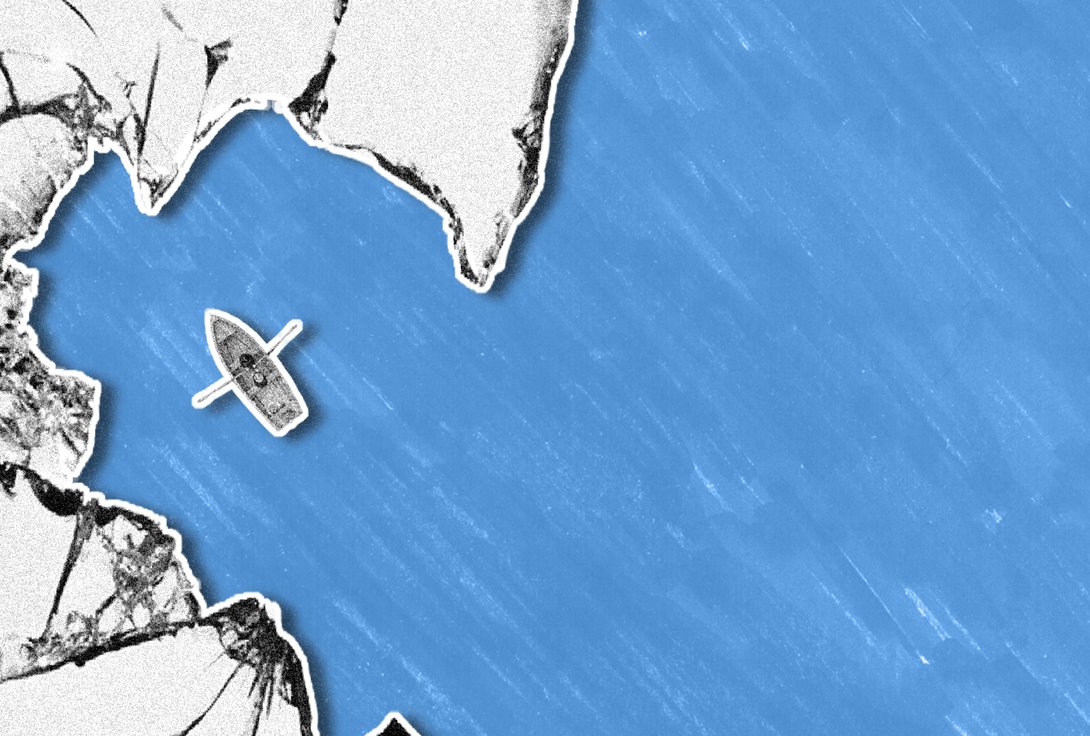Unwrapping 7 Green Packaging Alternatives for E-commerce Brands
What a pity?!
Posted 23.10.23
In this era of e-commerce, the conversation isn't just about what’s inside the box. It's about the box itself. As online shopping skyrockets, the sustainability of packaging is under the spotlight. We’ve all ordered that item from Amazon and when it arrives on our doorstep it feels like a game of pass the parcel, where every layer the box is getting smaller, whilst we mutter under our breath with despair: ‘what a pity’.
Customers, more eco-conscious than ever, demand green solutions. So, what's cooking in the world of eco-packaging? Let’s discuss and unearth the eco-friendly treasures that are reshaping e-commerce, all while keeping your brand’s eco-credentials on the rise.
Customers, more eco-conscious than ever, demand green solutions. So, what's cooking in the world of eco-packaging? Let’s discuss and unearth the eco-friendly treasures that are reshaping e-commerce, all while keeping your brand’s eco-credentials on the rise.
Firstly, what is E-commerce Eco Packaging?
In the grand arena of modern commerce, where the digital realm meets the doorstep, E-commerce Eco Packaging is our eco-conscious superhero. It's not just about slapping a label on a box and calling it a day. No, it's about a mindful approach to packaging, one that dances lightly on the Earth but still ensures your goodies arrive safe and sound. E-commerce Eco Packaging is all about choosing materials that are easy on the environment, opting for designs that reduce waste, and embracing innovative solutions that make customers smile.
In a world where sustainability is the name of the game, E-commerce Eco Packaging is how we win, making every shipment not just a delivery, but a step towards a greener future.
Examples of Eco Packaging
1. Water-Soluble Packaging: Nature’s Vanishing Act
Water-soluble packaging is like magic. Made from plant and marine-sourced polymers, it disappears when it meets water. It’s like Houdini for packaging!
Why it's a game-changer:
Plastic's Nemesis
Traditional plastics linger for centuries, harming our planet and getting into our oceans and food chains. Water-soluble packaging vanishes in minutes, winning the fight against plastics.
Easy-Breezy Disposal
E-commerce often grapples with tricky packaging disposal, waiting for the week when it’s the blue bins turn to meet the roadside kerb as it’s overflowing, or is that just me. With water-soluble packaging, there is no faff, just run it under the tap – no green hassle!
Endless Possibilities
From clothes to perishables, it's versatile. Imagine a world where everything arrives in water-soluble packaging.
Of course, in regions like the UK, where a rain shower or two is a familiar occurrence, leaving your water-soluble parcel on the doorstep might not be the best idea. However, this innovation shines when it comes to protecting individual items inside a package. Take, for example, the beloved maker kits with various components. They often require their own protective layer, and water-soluble packaging can offer a smart and eco-friendly solution to ensure each piece arrives in perfect condition.
Notpla's water-soluble is emerging as the industry's leader in water-soluble solutions and its innovation is now extending into takeaway boxes that are biodegradable, grease-resistant, and eco-friendly. A sustainable substitute for single-use plastics, finally!
2. Edible Packaging: The Delicious Revolution
Edible packaging isn’t just functional; it’s very tempting to devour! Crafted from foods like rice, potatoes, seaweed, and even chocolate, these packages are a treat, but we wouldn’t recommend eating them if they are used as outer packaging, no matter how much you like your delivery driver.
Why it's more than just packaging:
Zero-Waste Promise: You could technically devour the product, eat the packaging – nothing wasted. A delicious departure from plastic waste. But equally it is something you can put into a compost heap to dispose of. And if you’re a keen gardener that compost could go onto feed your vegetable patch, something lovely and circular about that.
Using unused materials: Seaweed is a great example of this. It is a crop that doesn’t need any soil, doesn’t need any fresh water and doesn’t even need any land to grow on. Being in the UK surrounded by a coastline, this is a no brainer.
Not sure if anyone will remember this but KFC once tested an edible coffee cup, giving us a taste of a world where food and packaging unite in tasty harmony. The future could well grow more into this space. Notpla's Ooho, an edible alternative to plastic film, could work amazingly for protein bars. This starts to hint at a future where sustainability, convenience and innovation go hand in hand.
Image C/o © Notpla
3. Plantable Packaging: From Box to Blooms
Imagine packaging sprinkled with seeds. Plant it, care for it, and watch it blossom into a plant, flower, or tree. It's packaging that transforms.
Why we're planting the seed of this idea:
Reducing Waste: Instead of cluttering landfills, it transforms into life.
Greening the Planet: Every package planted battles urban sprawl, one plant at a time.
Unique Unboxing: Beyond the product, customers nurture a new plant, fostering a deep bond with your brand.
How does it work? Packaging materials made from recycled paper hold dormant seeds. Once in soil and water, the packaging biodegrades, and seeds sprout, creating new life. Pangea Organics Bar Soap even lets you grow a tree after using the soap – a packaging innovation rooted in eco-consciousness. It could also work for the outer box, imagine if a company like patch delivered there plants in a box you could plant in your garden.
4. Compostable Packaging: The Earth-Friendly Evolution
Compostable packaging, much like a chameleon in the packaging world, doesn't just serve its primary purpose; it embraces the environment with open arms. Crafted from materials that break down efficiently in composting conditions, such as cornstarch, sugarcane, or other plant materials.
What makes compostable packaging special:
Circular Sustainability: Compostable materials follow a closed-loop system, where they decompose into valuable compost. This compost can then be used to nurture gardens, supporting a beautiful cycle of life. It is important to highlight the difference between biodegradable and compostable. Everything is biodegradable, even plastic if you give it enough time.
Utilising Natural Resources: Take cornstarch, for instance. It's a common ingredient in compostable plastics and can be cultivated with minimal environmental impact. With today's increased focus on local and sustainable sourcing, it's a win-win.
The future is promising, and it's all about finding the right synergy between sustainability, convenience, and innovation. Take Evolve Organic Beauty packaging for example, their grass cartons are not only beautiful and functional, but they significantly use less energy than their cardboard alternatives and the best part is the grass used if from the fields surrounding the paper factory.
Image C/o © Evolve Organic Beauty
5. Mycelium Packaging: The Earthy Guardian
Mycelium packaging is like your brand's eco-hero, ensuring your products stay safe and sound while championing environmental sustainability. Unlike edible packaging, we wouldn't suggest a nibble – it's here for a different purpose. Crafted from the root systems of fungi, mycelium forms a sturdy and biodegradable shield around your items.
Here's why mycelium packaging is the hero in the packaging world:
Biodegradable Brilliance: It doesn't stick around for centuries like traditional plastics. Mycelium packaging gracefully degrades quickly, reducing environmental burdens.
Eco-Friendly Insulation: Mycelium's natural insulation properties make it a fantastic substitute for bubble wrap. Your products remain snug and protected without harming the planet.
Circular Materials: Mycelium grows on agricultural waste products like corn husks and requires minimal resources. It's a circular model, using what's already available.
So, if you're looking for an eco-savvy solution for internal packaging that also reduces waste, mycelium packaging might just be your knight in shining armour. Or use it as an integral part of your packaging like the brand Haeckles have gorgeously executed with their candles range.
6. Reusable Packaging Systems: Making Waste History
Move over, single-use; it’s time for reuse. These systems follow a “make, use, return, and reuse” cycle, combating single-use plastic domination.
Why this makes sense:
Plastic Battle: Reusable packaging reduces the demand for single-use plastics.
Economical Edge: Initial costs might be higher, but long-term savings are undeniable.
Repurposing Revolution: It’s packaging that never says goodbye; it keeps coming back.
Consider Repack as a prime example of eco-efficiency. They provide packaging that's not only eco-friendly but also incredibly practical. Once it's served its initial purpose, it transforms into a compact mailer, ready to embark on its next adventure. This ingenious design is particularly advantageous for businesses like those popular "rent clothes for a night" brands, where returns are a routine part of the process. It's a smart and sustainable choice for both the environment and these companies, streamlining the returns process and reducing waste.
Image C/o © Repack Packaging
7. Dissolvable Packaging: Nature’s Magic Show
Biodegradable innovations in packaging can gracefully dissolve into water, carbon dioxide, and organic matter. A far cry from traditional plastics, they minimise our ecological footprint. These innovations come in many materials, like soaps, films, and even organic materials.
Why these films are eco-stars:
Eco-Friendly Decomposition: They break down naturally in various settings, unlike plastics that linger.
Landfill Lifesaver: Reducing landfill waste is their superpower.
Endless Possibilities: Food, healthcare, and personal care embrace biodegradable films.
Mi Zhou's Soapack is a prime example. This soap bottle, made from biodegradable film, dissolves in hot water, leaving no trace behind.
Charting a Greener E-Commerce Path
These innovations aren't fleeting novelties; they're steering e-commerce toward a greener horizon. But there's more work to do. Embracing sustainable practices often requires financial investments. E-commerce funding is pivotal, powering research, development, and green packaging adoption.
Industry leaders, production giants, and everyday consumers must champion these sustainable pathways. E-commerce can emerge as a pioneer of packaging sustainability, setting a benchmark for others to follow.
So, as we navigate this eco-journey, let’s ponder: Is e-commerce evolving enough to meet eco-aspirations? What more can we innovate to minimise our environmental footprint? Can e-commerce be the poster child for sustainable packaging? Together, let's craft a greener future, one package at a time!


